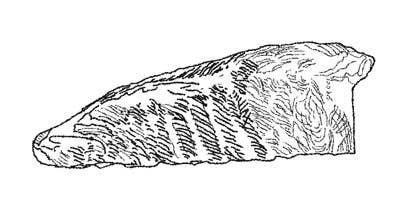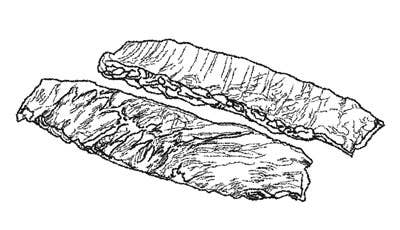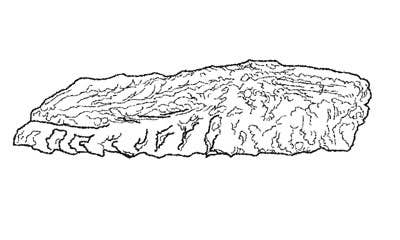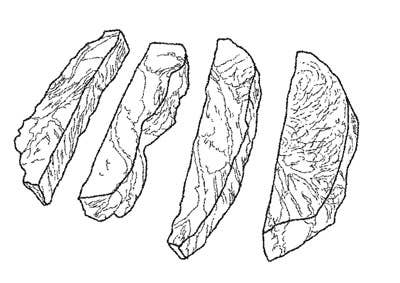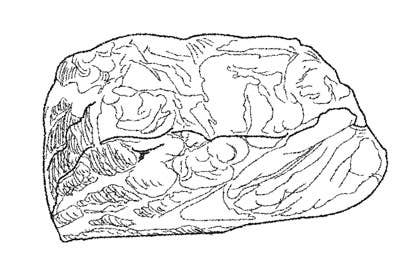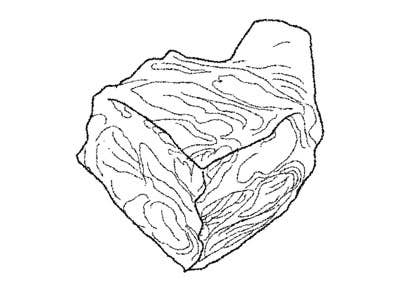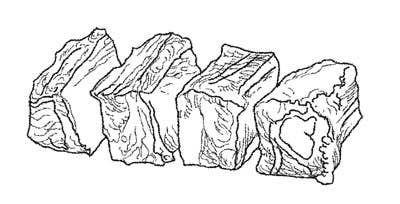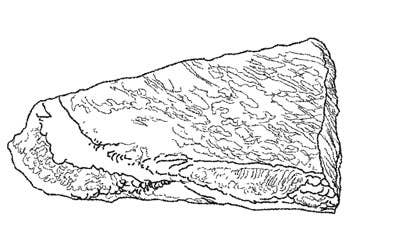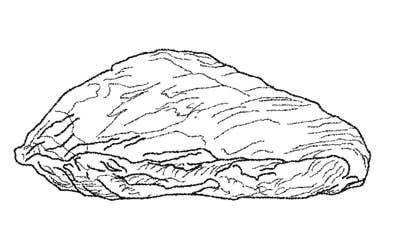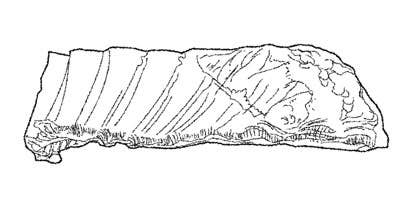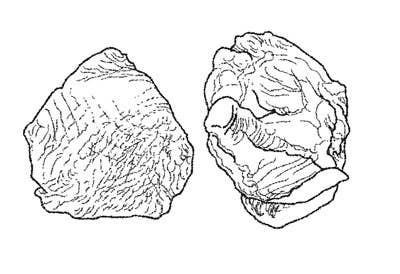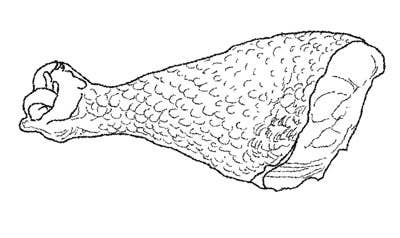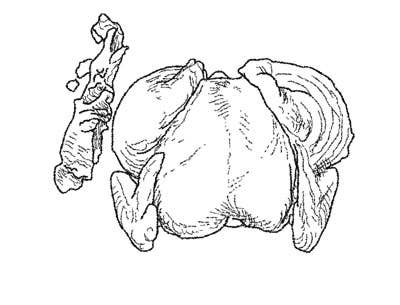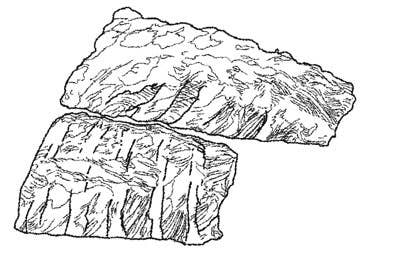
Classic Cuts
A Guide to Classic Cuts of Meat for Barbecue
Taken from the belly of the hog, these are called “spare” because they’re cut close to the rib to leave the belly intact to make bacon. These meaty ribs are fattier at one end of the rack and leaner at the other, intensely flavorful, and they take longer to cook than baby back ribs.
St. Louis Ribs
These are pork spareribs that have been trimmed of the rib tips, skirt meat, and point so that the shape is neat and uniformly rectangular. St. Louis ribs are long and slender, with a nice amount of meat on them.
Baby Back Ribs
Popular with home cooks for their short cooking time, these small, curved ribs are cut from the prized top loin of the hog. They have less meat than spareribs and are leaner and more tender.
Country-Style Ribs
These one-inch-thick slabs of marbled meat, cut from the shoulder end of the pork loin, technically aren’t ribs at all: Most are boneless and more closely resemble pork chops. These ribs take less time to cook than bone-in cuts.
Pork Butt
Also known as Boston butt, this cut consists of the upper half of the shoulder, with the blade bone, and sometimes part of the leg bone, attached. It’s a hefty cut–weighing five to seven pounds–and full of connective tissue and interior fat, which melt to tenderness when slow-cooked with indirect heat.
Pork Shoulder
A whole pork shoulder, made up of the pork butt plus the shank end, is also known as the picnic shoulder. It can weigh anywhere from 12 to 16 pounds and is smoked and served sliced, pulled, or chopped.
Beef Short Ribs
These squat, rich ribs, dense with connective tissue that melts into gelatin when cooked for a long period at low heat, are carved from the short plate–the front belly–of the steer. There are two types: flanken, which are cut across the bone, and English (pictured here), which are cut in between, or along, each bone.
A dense, tough cut of meat from the chest or lower breast of a steer, made up of layered muscle and fat. A brisket consists of two parts: The “flat” cut is leaner; the “point” contains more fat. Dense with collagen and connective tissue, this cut must be cooked for hours before it becomes tender. Smoked brisket is a hallmark of Texas barbecue.
Beef Tri-Tip
This triangular cut of beef is taken from the bottom of the sirloin, near the lower abdomen and back leg of the steer. The lean and flavorful cut is often called Santa Maria steak, after the city in California where it’s a specialty, smoked over red oak coals and sliced thin.
Lamb Ribs
Cut from the animal’s breast, lamb ribs come in a couple of forms. Denver ribs are a relatively tender rack of seven or eight; riblets are tougher individual ribs. These benefit from slow cooking to render out the fat.
Chicken Thighs
The chicken thigh is the most exercised part of the bird, and when it comes to meat, activity translates to flavor. This dark cut, the chicken’s richest part, also has a good skin-to-surface ratio, making for very crispy skin.
Chicken Drumsticks
The drumstick is the lower joint of the chicken leg, and, together with the chicken thigh, it supports the weight of the bird. Activity accounts for its flavor.
Spatchcocked Chicken
Spatchcocking is a technique of removing the backbone and sternum from a chicken so that it can lie flat while cooking. This is a great method for getting even heat all over the bird during indirect cooking so that the flesh will be moist throughout and the skin will crisp without charring.
Keep Reading
Continue to Next Story
